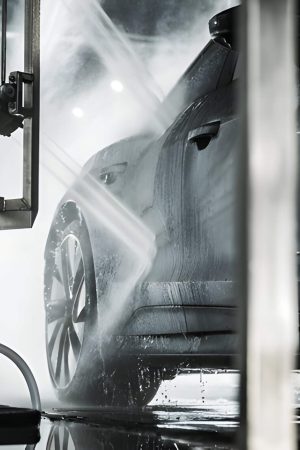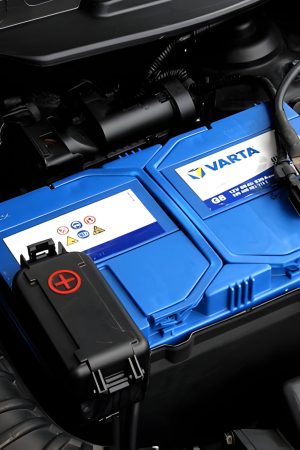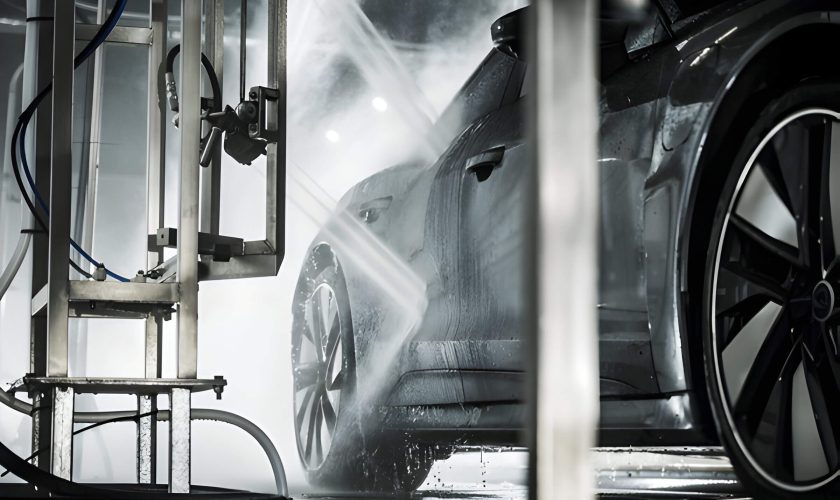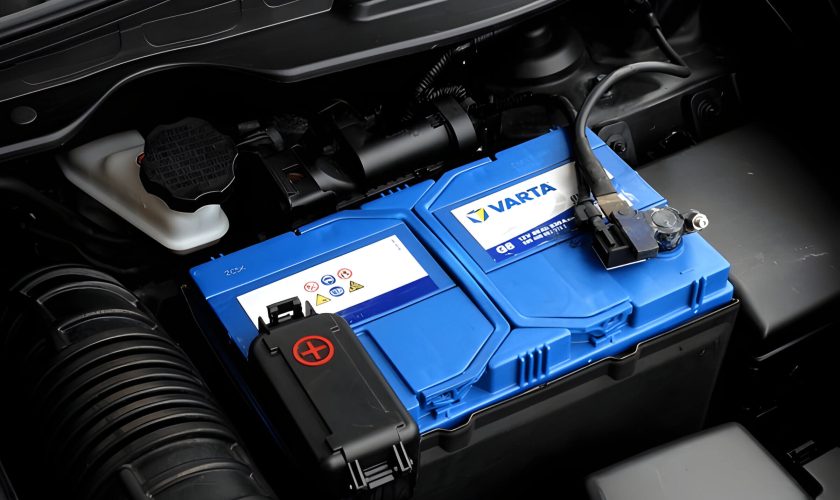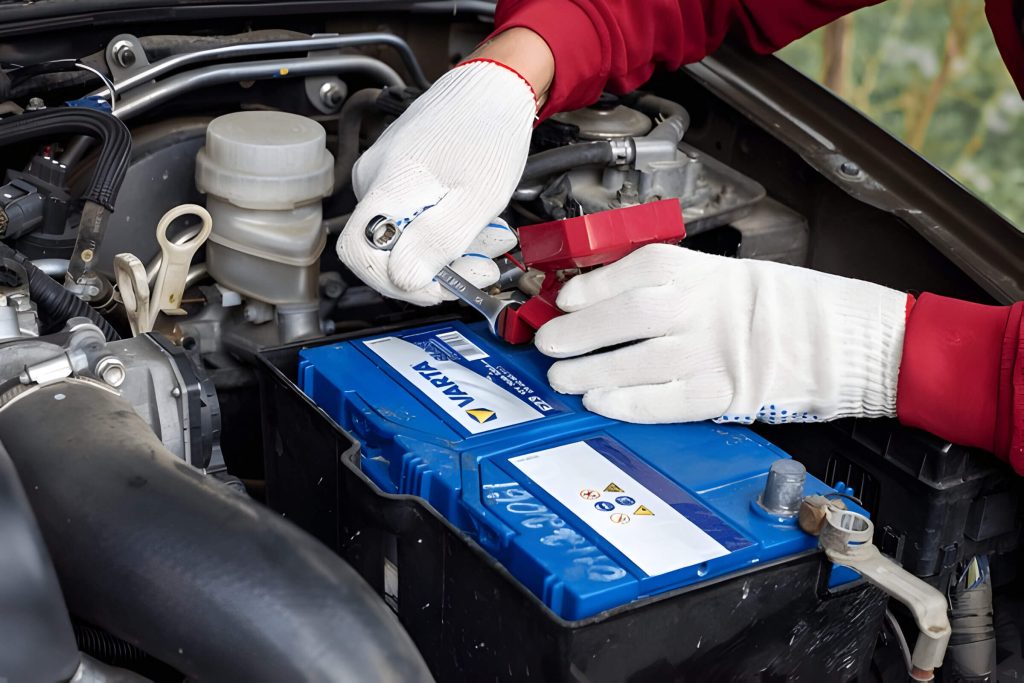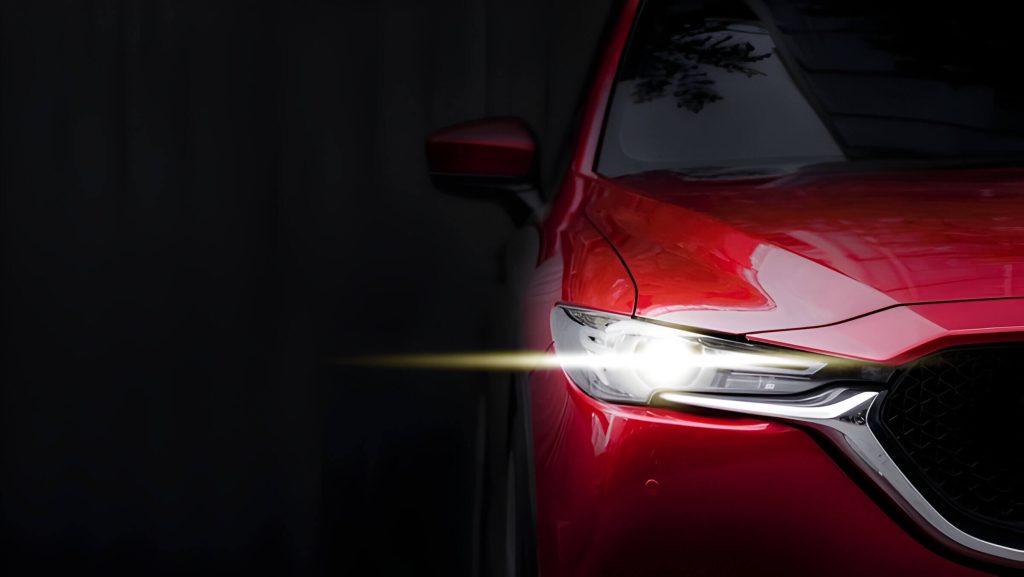Touchless car washes are gaining popularity for their quick, contact-free cleaning. Using high-pressure water jets and specialized agents, they avoid brushes or cloths, reducing the risk of scratches or swirl marks. However, this method has its pros and cons. This article will explore how touchless car washes work, their benefits and drawbacks, and offer tips for maintaining your vehicle’s paint with these systems.
How Do Touchless Car Washes Work?
Touchless car washes have become a popular choice for vehicle owners seeking a quick and efficient cleaning solution. But how do touchless car washes work? The process is quite fascinating and relies on advanced technology to ensure your car is thoroughly cleaned without any physical contact.
The touch-free cleaning process begins with the application of a specialized detergent. This detergent is designed to break down dirt, grime, and other contaminants on the surface of your vehicle. Once the detergent has been applied, high-pressure water jets are used to rinse off the loosened debris. These jets are powerful enough to remove stubborn dirt but gentle enough not to damage your car’s paintwork.
One of the main advantages of touchless car washes is that they eliminate the risk of scratches or swirl marks that can occur with traditional brush-based systems. Additionally, because there is no physical contact with your vehicle, there is less wear and tear on its exterior surfaces over time.
Touchless car washes offer an effective and safe way to clean your vehicle using a combination of high-pressure water and specialized detergents in a completely touch-free cleaning process.
The Pros and Cons of Touchless Car Washes for Your Vehicle’s Paint
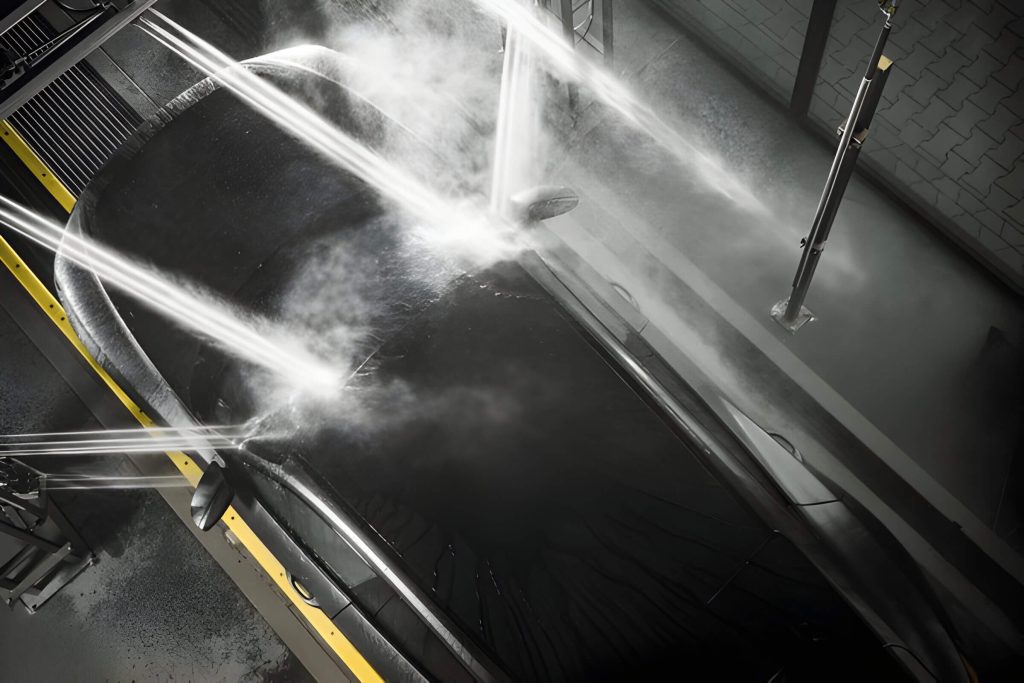
Touchless car washes have become a popular choice for many vehicle owners due to their convenience and modern technology. However, like any service, they come with their own set of advantages and disadvantages. Understanding these can help you make an informed decision about whether a touch-free wash is right for your car’s paintwork.
Advantages of Touchless Car Washes
One of the primary advantages of touchless car washes is the reduced risk of scratches and swirl marks on your vehicle’s paint. Since there are no brushes or cloths making direct contact with the car’s surface, there’s less chance of abrasive damage. This method uses high-pressure water jets and specialized detergents to clean the vehicle, which can be particularly effective at removing surface dirt without physical abrasion.
Another benefit is speed and convenience. Touchless car washes are generally quicker than traditional automatic washes because they eliminate the need for mechanical scrubbing. This makes them an excellent option for busy individuals who need a fast yet efficient cleaning solution.
Disadvantages of Touch-Free Washes
Despite these benefits, there are some disadvantages to consider as well. One major drawback is that touch-free washes may not be as effective at removing stubborn grime or contaminants that adhere strongly to the paintwork. Without physical contact, it can be challenging to achieve a deep clean, especially in areas with heavy soiling or bug splatters.
Additionally, the chemicals used in touchless car washes can sometimes be harsh on your vehicle’s paint over time. While these detergents are designed to break down dirt effectively, prolonged exposure could potentially degrade wax coatings or sealants applied to protect your paintwork.
Effects on Paintwork
When evaluating the pros and cons of automatic washes like touch-free systems, it’s crucial to consider their long-term effects on your vehicle’s paintwork. Regular use might necessitate more frequent waxing or protective treatments to maintain optimal shine and protection against environmental factors.
In conclusion, while touchless car washes offer significant advantages in terms of convenience and reducing physical abrasion risks, they also come with potential downsides such as less effective cleaning power and possible chemical impacts on your paint over time. Balancing these factors will help you determine if this method aligns with your maintenance goals for keeping your vehicle looking its best.
Comparing Touchless Car Washes to Traditional Methods
When it comes to maintaining your vehicle’s cleanliness, the debate between manual car wash vs. touchless methods is ongoing. Each approach has its own set of advantages and disadvantages, catering to different needs and preferences.
Manual car washing, often referred to as hand washing, involves physically scrubbing the vehicle with soap, water, and sponges or brushes. This traditional method allows for meticulous attention to detail and can be particularly effective at removing stubborn dirt and grime. However, it is labor-intensive and time-consuming. Additionally, improper techniques or tools can sometimes lead to scratches on the car’s surface.
On the other hand, touchless car washes represent a more modern approach to vehicle cleaning. Using high-pressure water jets and specialized detergents, these automatic systems clean your car without any physical contact with its surface. This significantly reduces the risk of scratches or damage caused by abrasive materials used in manual washing. Touchless methods are also quicker and more convenient for those with busy schedules.
However, touchless systems may not always be as thorough in removing heavy dirt or contaminants compared to a well-executed hand wash. They rely heavily on chemical cleaners which might not be as eco-friendly as traditional soap-and-water methods if not properly managed.
Both traditional and modern car washing techniques have their respective merits. The choice between hand washing and automatic washing ultimately depends on individual preferences regarding time efficiency, attention to detail, environmental considerations, and potential risks of surface damage.
Tips for Maintaining Your Vehicle’s Paint When Using Touchless Car Washes
Maintaining your vehicle’s paint is crucial for preserving its appearance and value. When using touchless car washes, it’s essential to follow some best practices to ensure your paint remains in top condition. Here are some paint maintenance tips to help you protect your vehicle’s finish while enjoying the convenience of a touch-free wash.
First, always choose a reputable touchless car wash that uses high-quality cleaning agents specifically designed for automotive finishes. These soaps and detergents are formulated to be gentle on paint while effectively removing dirt and grime.
Next, consider pre-rinsing your vehicle at home before heading to the automatic wash. This step helps remove larger debris that could potentially cause scratches during the washing process. Additionally, make sure to inspect the water pressure settings at the car wash; extremely high pressure can be harsh on your paint.
Another important tip is to regularly apply a protective wax or sealant to your vehicle’s exterior. This extra layer of protection can help shield the paint from harsh chemicals used in touchless washes and environmental contaminants like UV rays and road salt.
Lastly, after using a touch-free wash, it’s beneficial to perform a quick inspection of your vehicle’s surface for any missed spots or areas that might need additional attention. If necessary, follow up with a gentle hand wash or spot clean those areas.
By following these best practices for using automatic washes safely, you can maintain your vehicle’s pristine look and extend the life of its paint job.
Are Touchless Car Washes Worth It?
Touchless car washes have gained popularity due to their convenience and efficiency. Unlike traditional car washes, touchless systems use high-pressure water jets and specialized detergents to clean vehicles without any physical contact. This method significantly reduces the risk of scratches and surface damage that can occur from brushes or cloths.
One of the key advantages of touchless car washes is their ability to clean hard-to-reach areas effectively. The high-pressure water jets can penetrate crevices and gaps that manual washing might miss. Additionally, they are often quicker than traditional methods, making them an excellent option for those with busy schedules.
However, it’s important to note that while touchless car washes are effective at removing surface dirt and grime, they may not be as thorough in eliminating stubborn contaminants like tar or sap. For a deeper clean, occasional manual detailing might still be necessary.
In terms of cost, touchless car washes are generally comparable to traditional ones. Some users find the slight premium worth it for the added convenience and reduced risk of damage.
In conclusion, touchless car washes offer a compelling option for vehicle owners looking for a quick, efficient, and safe cleaning method. While they may not completely replace the need for occasional manual detailing, their benefits make them a worthy consideration in maintaining your vehicle’s appearance.

